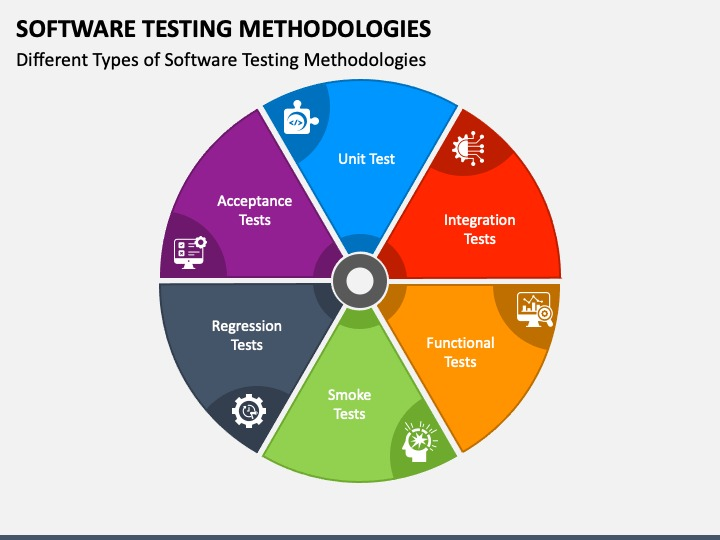Discover the 6 types of testing that we use

Delivering high-quality software isn’t just about writing code; it’s about ensuring that every feature works seamlessly and aligns with client expectations. Testing is the backbone of this assurance, acting as a safety net to catch errors and guarantee smooth functionality. For this reason, we go through six different testing phases to validate a project before delivering it. Here’s a comprehensive breakdown of each phase, what it entails, and why it’s vital for success.
1. Unit Testing: The Foundation of Quality Assurance
We start with unit testing, which focuses on testing individual components of the codebase to ensure each piece works as intended. These tests are typically automated, fast, and small in scope, making them highly efficient for detecting bugs early in the development process.
Why It Matters:
- Reusable: Unit tests can be reused for future updates, making ongoing development more robust.
- Error Detection: Early bug detection prevents costly errors later in the pipeline.
2. Integration Testing: Ensuring Harmony Among Components
Once individual components pass unit testing, we move to integration testing to examine how they interact when combined. This phase ensures that various modules or services within the software communicate and function together without issues.
Why It Matters:
- Identifies Interface Issues: It’s crucial for catching problems that arise from mismatched data structures or incompatible APIs.
- Verifies System Cohesion: Ensures that the software operates as a unified whole.
3. Functional Testing: Building the Right Solution
Functional testing is where we evaluate whether the software delivers the intended results. This phase often involves manual testing by a product owner or QA specialist who understands the client’s specific needs.
Why It Matters:
- Client-Centric: Ensures the solution aligns perfectly with the client’s problem.
- Critical for Usability: Confirms that the user interface and experience meet expectations.
4. Smoke Testing: A Quick Sanity Check
Smoke testing provides a high-level verification to determine whether the software is stable enough for more detailed testing. We often perform this in remote or staging environments to validate basic functionality.
Why It Matters:
- Saves Time: Quickly identifies major issues before diving deeper.
- Confidence Booster: Ensures that basic operations function as expected.
Fun Fact:
The term “smoke testing” originated from hardware testing. Engineers would power up a new circuit board, and if it emitted smoke, something had gone terribly wrong!
5. Regression Testing: Safeguarding Against Unintended Consequences
As software evolves over time with updates and tweaks, we perform regression testing to ensure that new changes don’t break existing functionality. This involves rerunning unit tests, integration tests, and functional tests to verify nothing fails post-update.
Why It Matters:
- Prevents Disruption: Guarantees stability after updates.
- Streamlines Updates: Helps maintain confidence in ongoing software enhancements.
6. Acceptance Testing: The Final Approval
Acceptance testing is the last checkpoint before the software goes live. During this phase, we work closely with clients to interact with the software and ensure it meets their business needs and provides a seamless experience.
Why It Matters:
- Client Validation: Provides an opportunity for clients to give feedback.
- Go-Live Confidence: Verifies the software is ready for production use.
Conclusion: Why Testing Matters
Each testing phase serves a distinct purpose in the software development lifecycle. Together, they create a comprehensive framework to ensure the final product is reliable, functional, and tailored to meet client expectations. Whether you’re a developer, product owner, or stakeholder, understanding these phases can help you appreciate the rigorous efforts we put into delivering high-quality software.
FAQs
- What is the primary goal of testing in software development? The main goal is to ensure the software meets requirements, is free of bugs, and provides a seamless user experience.
- Can testing phases overlap? Yes, in many agile environments, testing phases can overlap to save time and maintain continuous integration and delivery.
- Why is regression testing essential? It ensures that new updates or changes don’t break existing functionality, preserving the software’s stability.
- Are all testing phases necessary for every project? While smaller projects might not require every phase, skipping critical ones can lead to issues in production.
- Who performs acceptance testing? Typically, clients or end-users perform acceptance testing to validate the software against their requirements and business needs.
